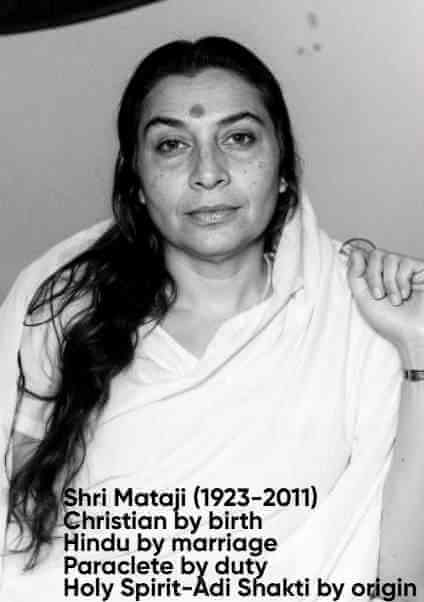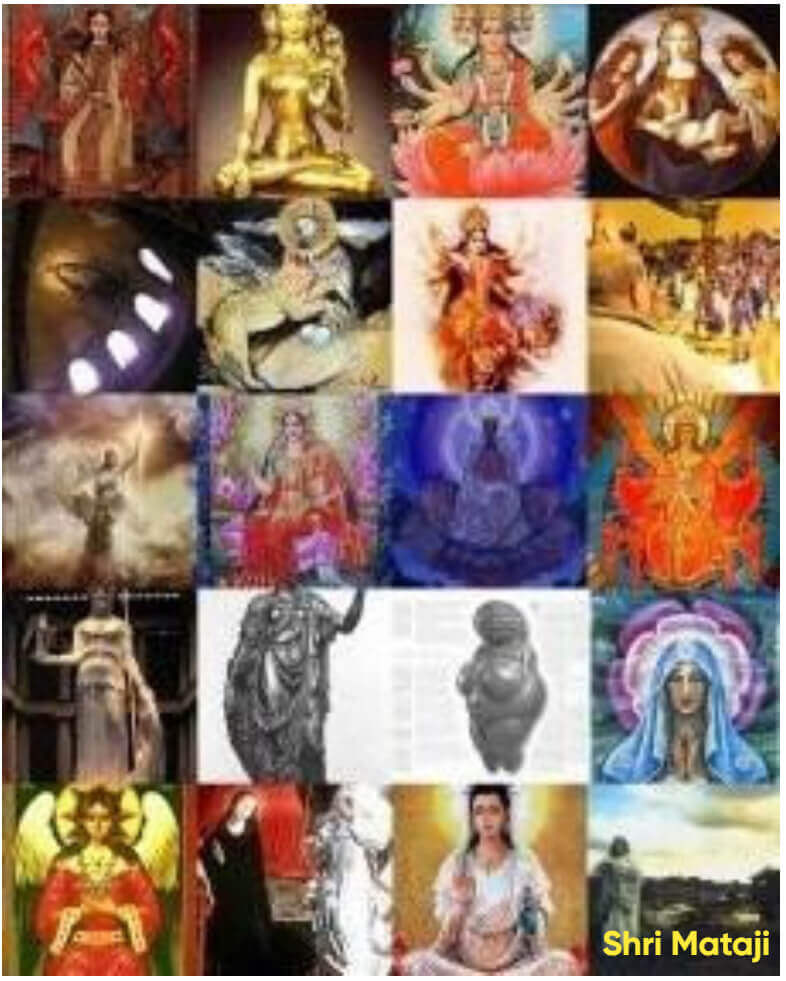A Metaphysical Reinterpretation of the Resurrection: The Eternal Soul and the Return to the Divine Mother
This paper advances the thesis that the Resurrection, as revealed through the teachings of the Divine Feminine and contemporarily articulated by Shri Mataji Nirmala Devi, represents not a singular historical miracle but an ongoing, evolutionary awakening of consciousness. It posits that the true meaning of Resurrection lies in the realization of the soul’s immortality and its union with the indwelling Divine, rather than in the reanimation of the physical body. By reframing Resurrection as an inner, experiential process, this study restores theological and metaphysical coherence to a doctrine often misunderstood, aligning it with the mystical heart of the world’s great traditions. The argument culminates in the assertion that Resurrection is the universal destiny of humanity—the fulfillment of divine promise through the awakening of the Divine Consciousness within every soul.
Abstract: This paper explores the metaphysical logic of the Resurrection, arguing that it is not a singular historical event but an ongoing process of spiritual evolution. Drawing on the teachings of the Divine Feminine across traditions, and particularly the revelations of Shri Mataji Nirmala Devi, it posits that the Resurrection signifies the soul’s awakening to its own eternal nature and its reunion with the indwelling Divine Consciousness. This interpretation seeks to restore coherence to doctrines obscured by theological rigidity and offer a path to experiential self-realization.
Table of Contents
- 1. Introduction: Beyond Dogma to Experiential Truth
- 2. The Soul's Immortality: The Unchanging Ground of Being
- 3. The Divine Feminine: The Matrix of Creation and Redemption
- 4. The Resurrection as Spiritual Metamorphosis
- 5. Shri Mataji Nirmala Devi and the Age of the Paraclete
- 6. Conclusion: The Dawning of a New Spiritual Era
- 7. References
1. Introduction: Beyond Dogma to Experiential Truth
The doctrine of the Resurrection stands as one of the most profound and contentious tenets in religious history. For millennia, it has been a source of hope for believers, yet it has also presented significant theological and philosophical challenges. Literal interpretations, which often insist on the resuscitation of a decomposed physical body, have led to what many perceive as logical absurdities and contradictions with established scientific knowledge[1]. This has created a crisis of faith for some and a point of ridicule for others, obscuring the deeper spiritual truth the doctrine seeks to convey. The central difficulty lies in reconciling the promise of eternal life with the apparent finality of physical death. This paper argues that a coherent understanding of the Resurrection is possible only when it is re-contextualized within a broader metaphysical framework that acknowledges the eternal nature of the soul and the active, redemptive power of the Divine Feminine.
This study posits that the teachings of the Divine Feminine, as revealed across multiple traditions and synthesized in the contemporary era by Shri Mataji Nirmala Devi, offer a key to unlocking this ancient mystery. In this view, the Resurrection is not a one-time, miraculous event, but an ongoing, evolutionary process of spiritual awakening. It is the realization of the soul’s true nature as an immortal spark of the Divine, a transformation of consciousness that transcends the limitations of the physical body. By shifting the focus from a literal, external event to an inner, experiential reality, this interpretation restores metaphysical coherence to the doctrine and aligns it with the mystical core of all great spiritual paths. This paper will demonstrate that the Resurrection, understood as the awakening of the indwelling divine consciousness, is the ultimate destiny of every human being.


